In the days since the Trump administration announced its drone-focused executive orders, many in the government and business communities have speculated about how these actions will impact the drone industry. Some see the establishment of timelines regarding beyond visual line of sight (BVLOS) flight regulations as the most important development. These timelines, they believe, provide a clear path forward that will finally unleash the commercial potential of uncrewed technology.
At the same time, though, many industry insiders are pointing out the enormous impact the orders could have on law enforcement and public safety. Language around security and threat mitigation in the “Restoring American Airspace Sovereignty” order has caused many to anticipate greater adoption of uncrewed systems by police departments and public safety groups. In fact, Charles Werner, director of public safety drone network DroneResponders, said the executive actions could lead to “one of the most significant technological advances for law enforcement in decades.”
As Flying detailed in a recent article, the executive order “requires the attorney general and secretary of the Department of Homeland Security to explore adding counter-UAS capabilities for the Joint Terrorism Task Forces that secure public gatherings like the Super Bowl.” Moreover, the order “mandates the creation of a National Training Center for Counter-UAS to refine those capabilities for major events like the 2026 World Cup and 2028 Summer Olympic Games in Los Angeles.”
But the order goes even further regarding law enforcement. Flying stated that the order “would also help critical infrastructure and other public facilities protect against rogue drones,” and it “directs the FAA to create a process for restricting UAS operations over those sites and publish guidance for their owners to deploy counter-drone systems.”
Taken together, these provisions open the door to increased use of drones in law enforcement and public safety operations on a national level, but they also could spur states, cities, and counties to step up their adoption of uncrewed technology. In a review of the executive orders, the law firm Hogan Lovells pointed out that the Restoring American Airspace Sovereignty order “requires publication of the long-overdue rulemaking mandated in Section 2209 of the FAA Extension, Safety, and Security Act of 2016, which requires establishment of a process for restricting unauthorized drone flights over certain sensitive fixed sites such as energy production infrastructure, railroad facilities, amusement parks, and state prisons.”
In addition, Hogan Lovells reported that the order addresses funding for drone-based safety and security work. “The Executive Order directs the Attorney General and Secretary of Homeland Security to ensure that drone and counter-drone equipment and services are eligible expenses for SLTT agencies under federal grant programs,” the firm stated.
These provisions could lead to big changes in law enforcement and public safety, and some industry professionals have already begun to act. Specifically, the call to streamline BVLOS approvals is encouraging police departments and other public safety agencies to take action around certain targeted operations. “Streamlining the process for agencies to introduce beyond visual line of sight (BVLOS) operations would allow an unmanned aerial system (UAS) pilot to maneuver a drone beyond where they can see it in the sky, as is common with drone-as-first-responder programs, search and rescue operations and disaster response and damage assessments,” Government Technology reported. With these executive orders, it’s likely we’ll see an expansion of these programs across the country in the weeks and months to come.
Moreover, Axon stated that public safety agencies in the US have already begun making changes in the wake of the orders as “Agencies that rely on drones for real-time situational awareness and operational readiness must align their programs with these new federal mandates.”
Despite the great promise contained in these orders, it’s important to remember that we are still in the early stages. Funding must be procured, rules must be finalized, organizations must realign workflows and procedures, and the general public must come to terms with the privacy and security issues associated with uncrewed systems.
Still, the executive orders are an important step in the movement to expand the use of uncrewed systems to keep people and property safe. And, overall, law enforcement and public safety professionals are excited about the future.


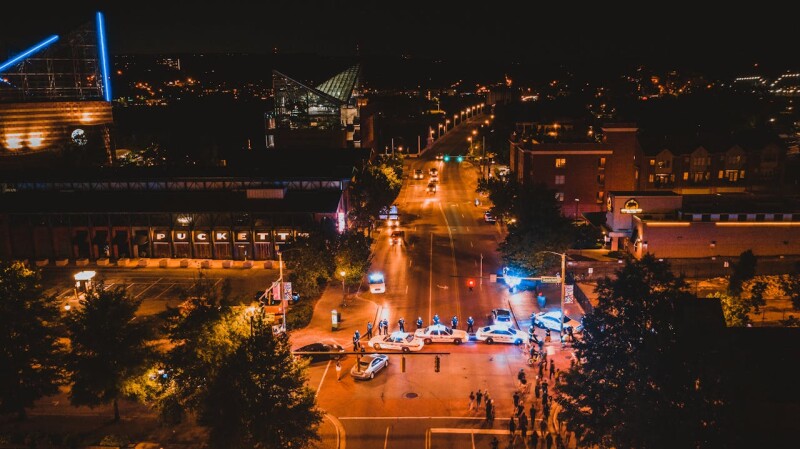

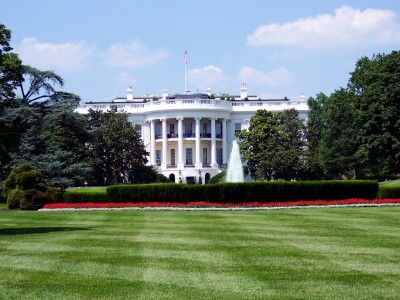
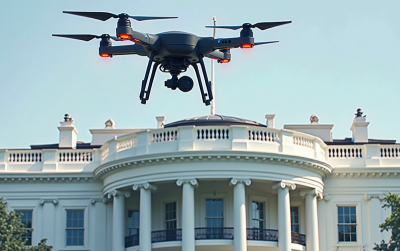

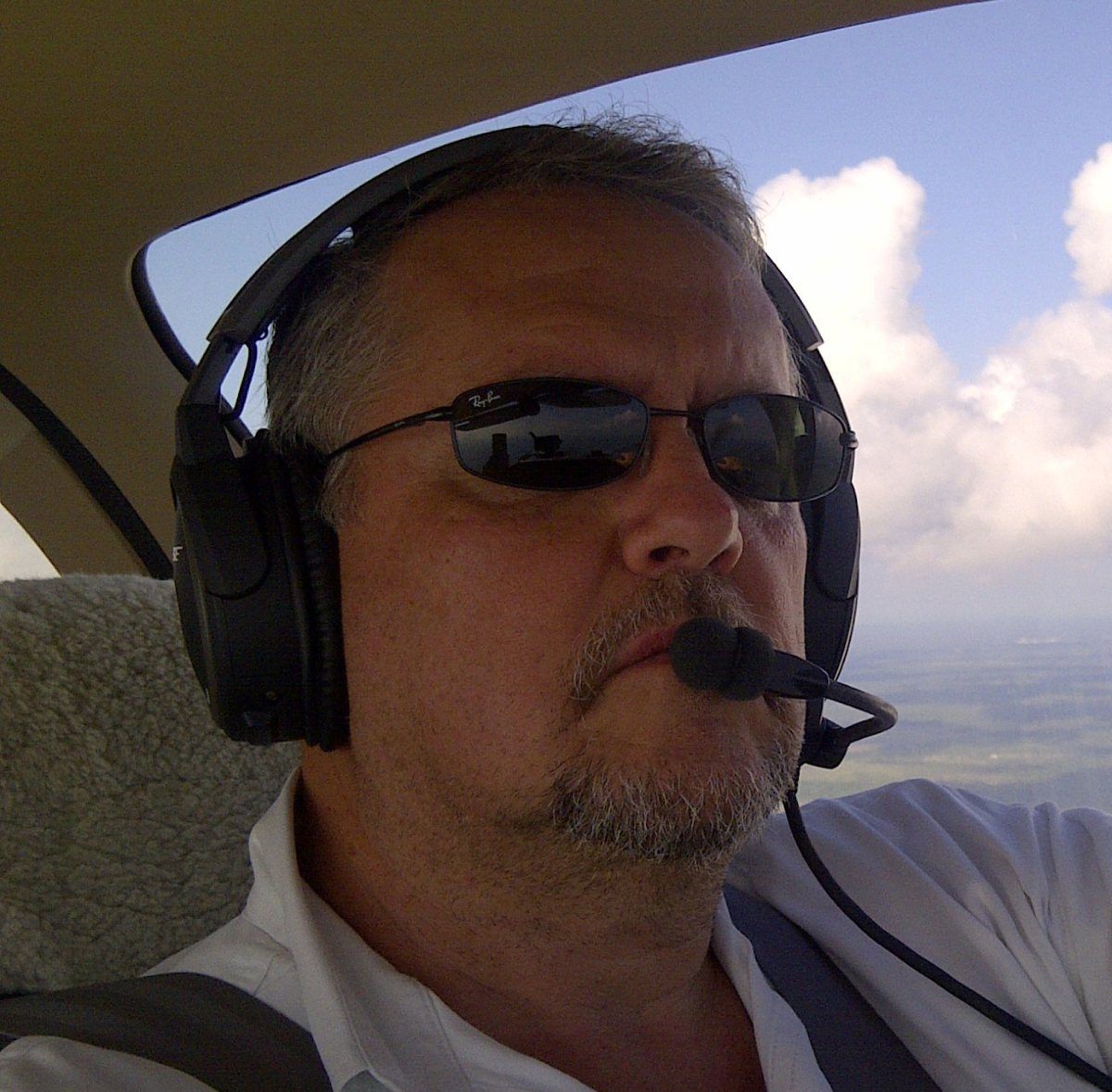




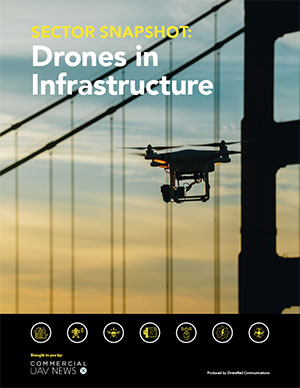
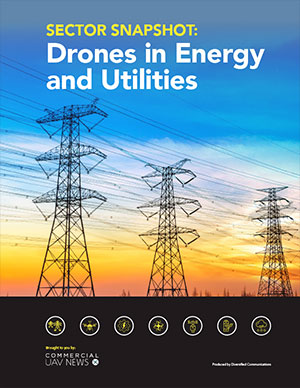

Comments